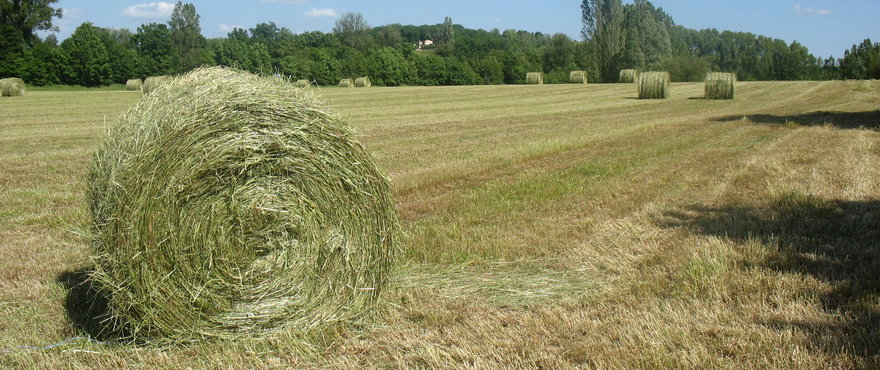The grass for shallow, dry soils
When soils have low water reserves and the summer temperatures are high, this is a useful species with good dietary value.
Quick establishment and strong productivity
- Will produce considerably more grass than conventional ryegrass leys under a low input/clover-based regime
- Needs to be carefully managed, particularly in the spring
- A high palatability sward, animals in grazing trials have shown a preference for Barmix
- The root structure of Tall Fescue can penetrate down to 1.5m into the ground, thereby drawing nutrients from much deeper
- Exceptional early and late season growth makes Barmix ideal for early lambing, followed by season long grazing or silage production
- Fibre rich for rumen stabilisation and higher in protein than pure ryegrass leys
- Tall fescue, Cocksfoot and Timothy are less reliant on Nitrogen and more tolerant of challenging soils from very wet, heavy soil to shallow upland soils



